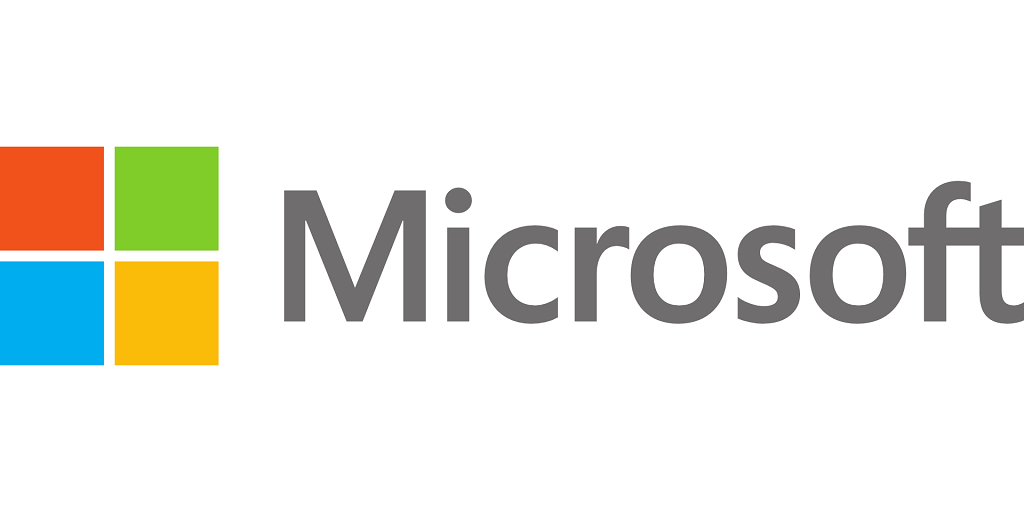There are two things people say about Microsoft Project. Microsoft Project is the industry standard for project management software. And everyone hates Microsoft Project. Although there have been some declines in market share for Microsoft Project, it is still the dominant solution in the marketplace. The gold standard. The 1,000-pound gorilla.
This article explains the success of Microsoft Project and explores how the growth of online project management software is altering Microsoft’s market position.
First, how did this happen? A long time ago, corporate America relied exclusively on Microsoft for both the Desktop Operating System and Business Productivity Software. Multi-year volume licensing agreements resulted in centralized purchasing and decision making. For many organizations, the decision was not whether to use Microsoft Project. Project was the default for Project Management and the only decision that was required at an organization level was how many licenses to include in the Microsoft contract.
The big line items in a Microsoft licensing agreement are Windows and Office. Project is typically a rounding error in the procurement negotiations. As a result, Project slipped through the back door into the workplace.
Microsoft Project remained under the radar for many years. Sure, there is a significant expense when one considers the licensing mix required to support Project (Project Server and Project Client Access License, plus associated licenses for SQL, SharePoint and Windows Server). At the same time, the cost and complexity of any Microsoft deployment are significant and Project is a relatively small line item on any enterprise-wide agreement.
In parallel to Microsoft’s back door way to growing its Project footprint, there was little resistance on the part of project managers. Why? Because the perceived complexity of Microsoft Project provided a degree of job security for project managers.
The fact that only the project manager was able to access Microsoft Project meant that the project manager was the gatekeeper for changes in managing deadlines and changes in scope. In the pre-Agile days when Waterfall was the only project management methodology, Microsoft Project was a reasonable solution. It was difficult to use, but not impossible. It was a bit clunky, but also robust.
The Gantt Chart feature was popular because it was an easy tool for the project team to use as the common project plan. Management was able to review the full project in one visual.
In the last few years, the outlook for Microsoft Project has changed significantly. I will review these briefly:
- The workforce structure has changed as more people work via remote. Instead of a project team working in one or two locations, today’s teams are more distributed. It is not feasible or cost effective to purchase a user license for every team member in each remote location.
- Microsoft Project is out of date. For large enterprise-wide projects based on Waterfall, there is still a place for Project. However, Microsoft never adjusted its solution for the rapid adoption of Agile methodologies. More recently, there has been growing interest in Hybrid Project Management which combines both Agile and Waterfall.
- Online project management software has become more popular. Online project management and collaboration tools are increasingly used in distributed environments. With online software packages such as Asana, Basecamp and Binfire, project team members can collaborate with their colleagues in real time. Whereas Microsoft has not invested heavily in Project and features included in online packages such as electronic message boards, interactive whiteboards and Kanban boards.
Microsoft Project will not disappear overnight and over time. It is even possible that the Redmond giant will simply merge it with Office 365. At the same time, project managers with distributed teams or who use Hybrid or Agile methodologies are finding cheaper and more effective alternatives to Project.
The game is not over, but the writing is on the wall.




I have been a project manager for over 20 years and could not agree more with your article. When working quickly with distributed teams MS project completely fails and puts the project at risk it is an outdated tool that makes things more complicated. Thanks for explaining the history and how we got here. Lisa
I have been a project manager for over 20 years and could not agree more with your article. When working quickly with distributed teams MS project completely fails and puts the project at risk it is an outdated tool that makes things more complicated. Thanks for explaining the history and how we got here. Lisa
I have been a project manager for over 20 years and could not agree more with your article. When working quickly with distributed teams MS project completely fails and puts the project at risk it is an outdated tool that makes things more complicated. Thanks for explaining the history and how we got here. Lisa
I have been a project manager for over 20 years and could not agree more with your article. When working quickly with distributed teams MS project completely fails and puts the project at risk it is an outdated tool that makes things more complicated. Thanks for explaining the history and how we got here. Lisa
I have been a project manager for over 20 years and could not agree more with your article. When working quickly with distributed teams MS project completely fails and puts the project at risk it is an outdated tool that makes things more complicated. Thanks for explaining the history and how we got here. Lisa